
The
Illustrated
WAR REPORTS
TRENCH WARFARE
CONTEMPORARY COMBAT IMAGES FROM THE GREAT WAR
The
Illustrated
WAR REPORTS
TRENCH WARFARE
CONTEMPORARY COMBAT IMAGES FROM THE GREAT WAR
BOB CARRUTHERS
This edition published in 2016 by
Pen & Sword Military
An imprint of
Pen & Sword Books Ltd.
47 Church Street
Barnsley
South Yorkshire
S70 2AS
Copyright Coda Publishing Ltd. 2016.
Published under licence by Pen & Sword Books Ltd.
ISBN: 9781473837843
eISBN: 9781526714145
Mobi ISBN: 9781526714138
A CIP catalogue record for this book is available from the British Library.
All rights reserved. No part of this book may be reproduced or transmitted in any form or by any means, electronic or mechanical including photocopying, recording or by any information storage and retrieval system, without permission from the Publisher in writing.
Pen & Sword Books Ltd. incorporates the imprints of Pen & Sword Aviation, Pen & Sword Family History, Pen & Sword Maritime, Pen & Sword Military, Pen & Sword Discovery, Pen & Sword Politics, Pen & Sword Atlas, Pen & Sword Archaeology, Wharncliffe Local History, Wharncliffe True Crime, Wharncliffe Transport, Pen & Sword Select, Pen & Sword Military Classics, Leo Cooper, The Praetorian Press, Claymore Press, Remember When, Seaforth Publishing and Frontline Publishing
For a complete list of Pen & Sword titles please contact
PEN & SWORD BOOKS LIMITED
47 Church Street, Barnsley, South Yorkshire, S70 2AS, England
E-mail:
Website: www.pen-and-sword.co.uk
Contents
An Introduction to the Series
T he photographic equipment in use during the Great War was cumbersome and bulky and the environment of the trenches was highly lethal. As a result, the ability to take snapshots was extremely limited, making it all but impossible to capture meaningful shots of the fleeting moments of action. Furthermore the output of cameramen was subject to intense censorship; in consequence, action sequences from the front were so rare and sanitised that the popular magazines reporting the events, on both sides of the line, were forced to recruit artists and illustrators to fill the gap.
These artists were called upon to produce a highly accurate visual record of the events the camera could not capture; hand to hand fighting, trench raids, aerial dogfights, sea battles, desperate last stands, individual acts of heroism, night actions and cavalry charges. They were there to record events on the battlefield for commercial purposes and their work usually found a home in popular magazines such as The War Illustrated ; the result of their efforts was a huge body of work which spanned the full gamut of styles ranging from the simplest of sketches through to highly finished oil paintings on a grand scale.
In their foremost ranks were skilled technicians such as Richard Caton Woodville Jr. and William Barnes Wollen both of whom can stand comparison with the great artists of any age. Many of these artists including, of course, Richard Caton Woodville Jr. had served in the military. They were amazingly talented and their work is of superb quality. They also had the eye for detail in terms of uniform, equipment and weapons which brings added authenticity to their work.They were also able to conjure up for the viewer an impression of the genuine stresses and strains of combat from the soldiers point of view.
.jpg)
The Second Battle of Ypres by William Barnes Wollen
.jpg)
The Charge of the 9 th Lancers at a German Battery Near Mons by Richard Caton Woodville Jr.
The canon of works by these two great artists alone includes such masterpieces as Barnes Wollens Landrecies, 25 August 1914, The Defeat of the Prussian Guard, Ypres, 1914, The Canadians at Ypres and The London Territorials at Pozires. Richard Caton Woodville Jr.s works include The Piper of Loos, The Battle of the Somme, The 2 nd Batt. Manchester Regiment taking Six Guns at dawn near St. Quentin, The Entry of the 5 th Lancers into Mons,The Charge of the 9 th Lancers at Moncel, 7 September 1914, and the magnificent 'Halloween, 1914: Stand of the London Scottish on Messines Ridge'.
It is a strange state of affairs but even with such luminaries to call upon, the work of the contemporary combat illustrators of the Great War, for illustrative purposes, is today almost entirely overlooked in favour of the work of the photographers.
The reason for this sad state of affairs lies in the fact that, besides the excellent work by the likes of the brilliant Barnes Wollen, there was an army of more pedestrian artists at work and many of the lesser gifted were engaged in turning out crude images to feed the populist pages of the consumer publishing machine. Primarily as a result of their efforts the whole corpus of wartime illustration has become tainted with the tag of propaganda, and in consequence the remarkable work of even the greatest of Great War graphic artists is now extremely unfashionable. It is considered to be vulgar and is routinely dismissed as melodramatic and jingoistic and all too often mischaracterised simply as crude populist propaganda. Publishers now turn their backs on these works which are no longer considered worthy to illustrate modern history books.
Another group at work in the trenches were the humorists and chief among those was the peerless Bruce Bairnsfather. Bairnsfather had seen action during 1914 and 1915 as a machine gun officer serving with the Warwickshire Regiment. His finely observed work grew out of his experience in the Ypres salient and began to appear in The Bystander during 1915. By 1917 Bairnsfather was already one of the most widely recognised artist/illustrators of his day, but in our day his work is viewed as holding little relevance for serious students of the Great War. This is a great shame as his finely crafted observations have a great deal to tell us concerning the appalling conditions endured with such stoicism by the British troops on the Ypres salient serving under the shadow of the German trenches.
.jpg)
Things That Matter. Col. Fitz-Shrapnel receives the following message from G.H.Q. Please let us know, as soon as possible, the number of tins of raspberry jam issued to you last Friday
Fortunately there remains a wider appreciation for the work of the official war artists. We can be thankful that, in addition to the work of the still photographers and the illustrators, there was a general appreciation by the governments of all sides that, as well as the simple act of recording the events, there was also the need to record that which the camera cannot interpret.
The British government in particular came to the gradual realisation that a war so epic in its scope by land, sea and air, and so detailed and complex in its mechanism, required interpretation, not just by technicians, but also by artists and this led to the appointment of the first official war artists.The War Artists were able to present a vivid picture of the world as it really was, in full colour, just like our own world and today, through their work we are privileged to have access to a remarkable record of the Great War which brings back the dimension of colour to an otherwise grey world.

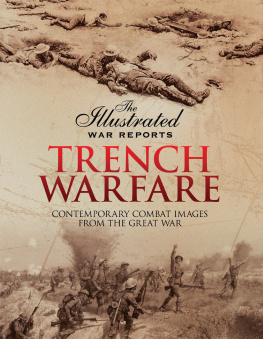
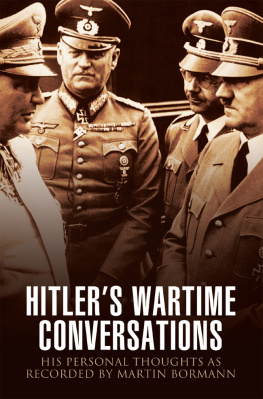
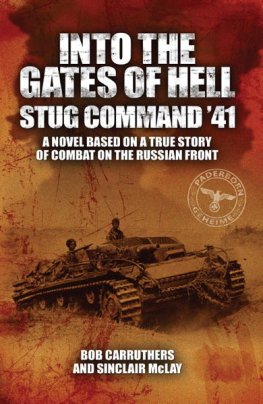
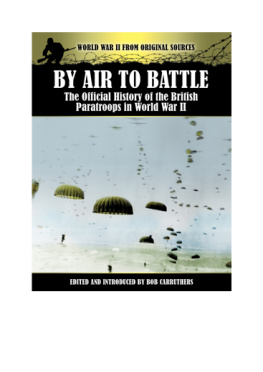


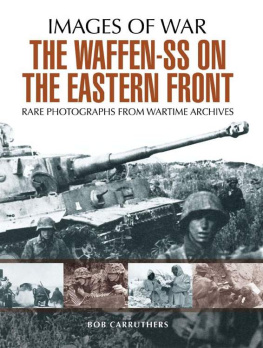
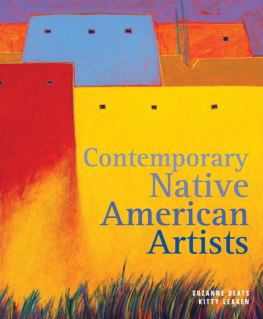


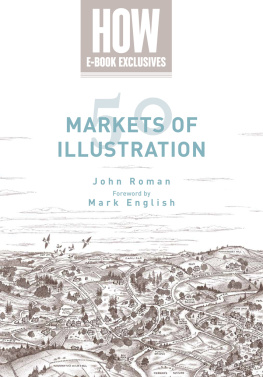



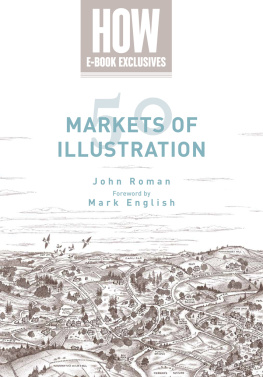
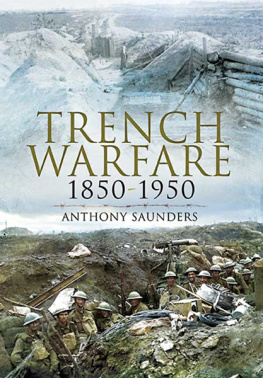
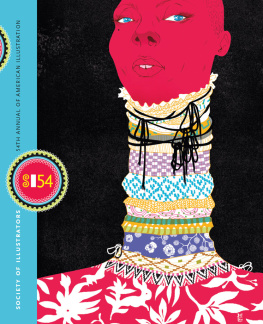
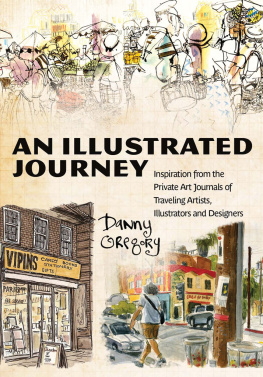

.jpg)
.jpg)
.jpg)
.jpg)